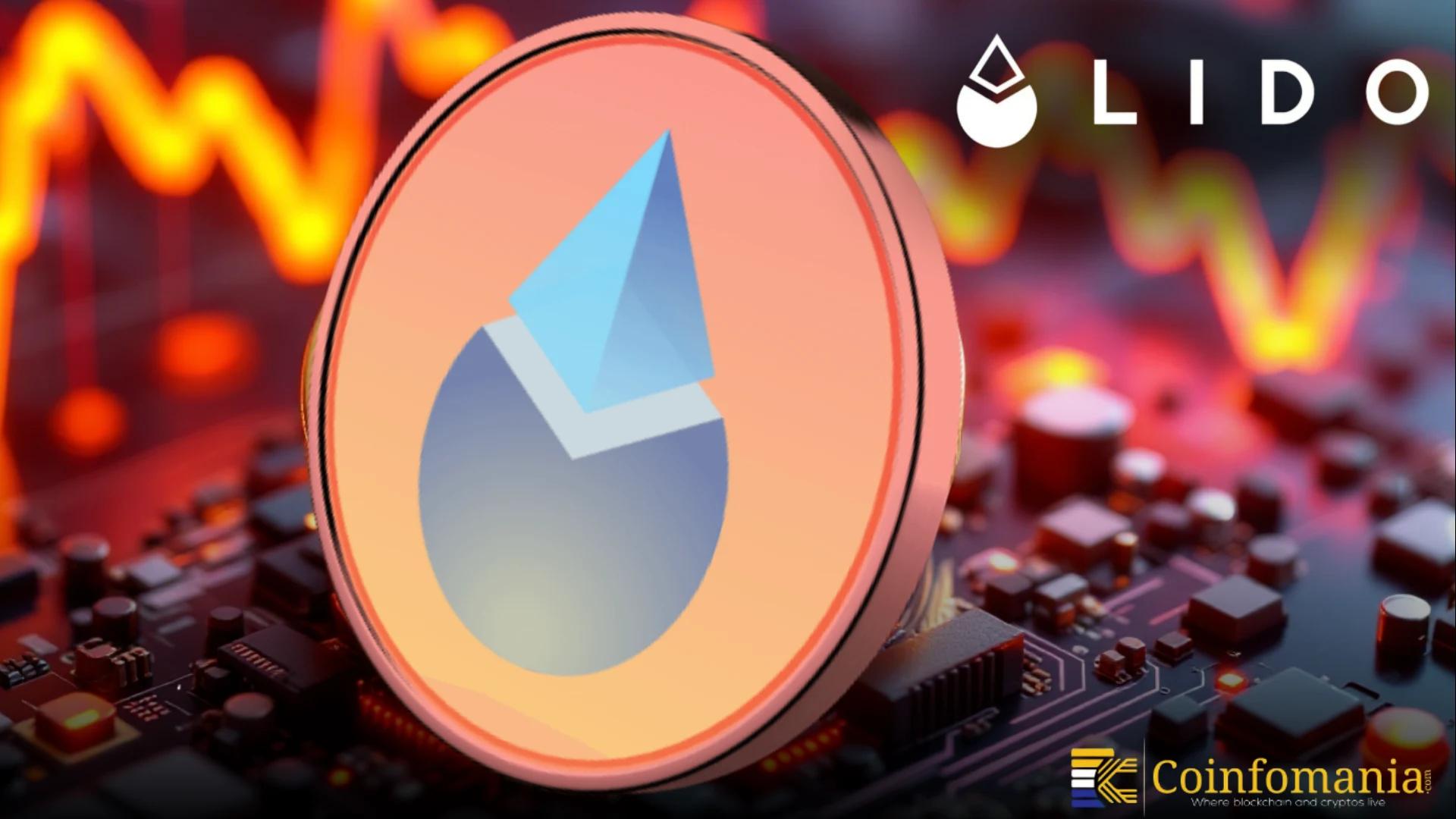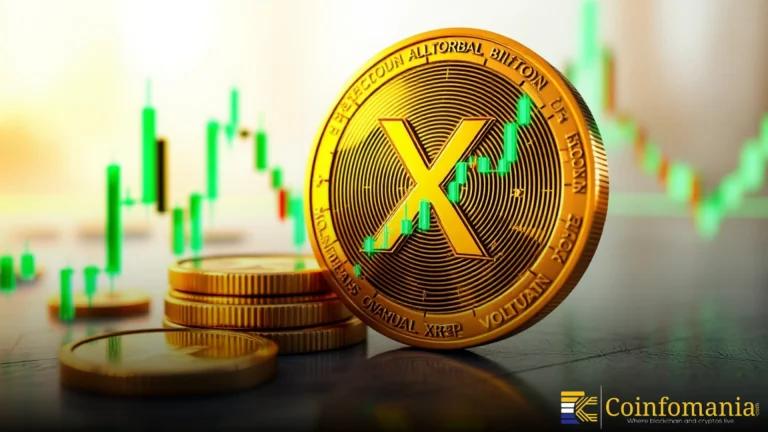Lido DAO Proposes Major LDO Buyback Plan Using Uniswap Liquidity Pools
Lido DAO proposes an automated LDO buyback using Uniswap-style liquidity pools and Aragon Agent governance to reduce token supply.

Quick Take
Summary is AI generated, newsroom reviewed.
Lido DAO proposed an automated LDO buyback using Uniswap-v2-style LP positions.
Implementation is expected in Q1 2026 after community approval.
Lido dominates Ethereum staking with over 30% market share.
The proposal aligns with Lido’s 2026 roadmap and token utility goals.
A new proposal to initiate an automated buyback system of its governance token, LDO, was introduced in the Lido DAO community, as reported by @wublockchain12 on X at 11:51 UTC on November 11, 2025. The proposal proposes the implementation of LDO/wstETH liquidity in Uniswap-v2-like pools and control by an Aragon Agent to decrease the supply of LDO in circulation and increase liquidity and overall utility.
Key Details of the Proposal
The liquidity repurchase system proposed by Lido will involve the automatic repurchase of LDO in open markets with the help of the protocol revenues. These liquidity provider (LP) positions will also be under the custody of Aragon Agent, a reliable smart contract tool that allows the DAOs to make governance decisions with high safety and transparency. The purpose of this mechanism is also to fulfil two objectives at once – decrease the supply of LDO in the market with the help of the systematic buyback system and enhance its liquidity presence in the DeFi space.
Awareness of the Core Components
Lido DAO: The decentralized group of Lido Finance has the staking of Ethereum and other resources. Na Lido gives its users the ability to deposit ETH and also get stETH or wstETH that they can continue using in DeFi protocols to earn staking rewards. LDO Token: LDO is a governance token of Lido, which allows the owners to vote on initiatives, network upgrades, and fee structures. Plus, by the end of 2025, the total LDO supply will be close to 1 billion, and the circulating supply will be approximately 890 million tokens. It is also compatible with other protocols such as Uniswap, Curve, and Balancer since it is easy to incorporate it.
Impact: Economic and Technological
As the protocol purchaseback, Lido will finance it with protocol revenues (in the form of its staking service fee, which is usually 10% of total staking rewards). The introduction of LDO/wstETH pairs to Uniswap will increase liquidity in the market and offer more liquidity incentives to providers. It is a similar approach to the strategies in successful projects, such as the surplus buyback program implemented by MakerDAO and quarterly burns implemented by Binance Coin, that decreased supply and enhanced better price stability.
Analysts observe that the withdrawal of LDO in the market would place a pressure of increase in its value. Modestations have indicated that it is likely to increase to approximately $0.92 in October 2025 to approximately $0.99 at the beginning of 2026 with a steady implementation and a stable market.
Good Governance and Transparency
In the official governance forum of Lido, community members will be able to debate and vote on the proposal. This project is in line with the Lido 2026 roadmap, which involves increasing the support of staking to new blockchains, and the position of LDO throughout DeFi. Currently, Lido controls the majority of the staking platform in Ethereum, controlling more than 30 percent of all staked Ethereum, as of data shown by industry market monitors such as DeFiLlama and CoinGecko. The shift to automated buybacks is a logical progression of the token strategy of Lido. As opposed to rewarding holders with direct revenue sharing, this model makes LDO stronger in the long run by tightening its supply and increasing the liquidity of the market.
References
Follow us on Google News
Get the latest crypto insights and updates.
Related Posts

PCE Inflation Revisions Put Bitcoin at a Crossroads as Gold and Stocks Surge
Triparna Baishnab
Author

Ethereum Whale Fully Unwinds Massive Aave Position in Rapid De-Risking Move
Triparna Baishnab
Author

Austin Hilton Breaks Down XRP’s Tough 2025 and Why 2026 Could Be a Turning Point
Triparna Baishnab
Author